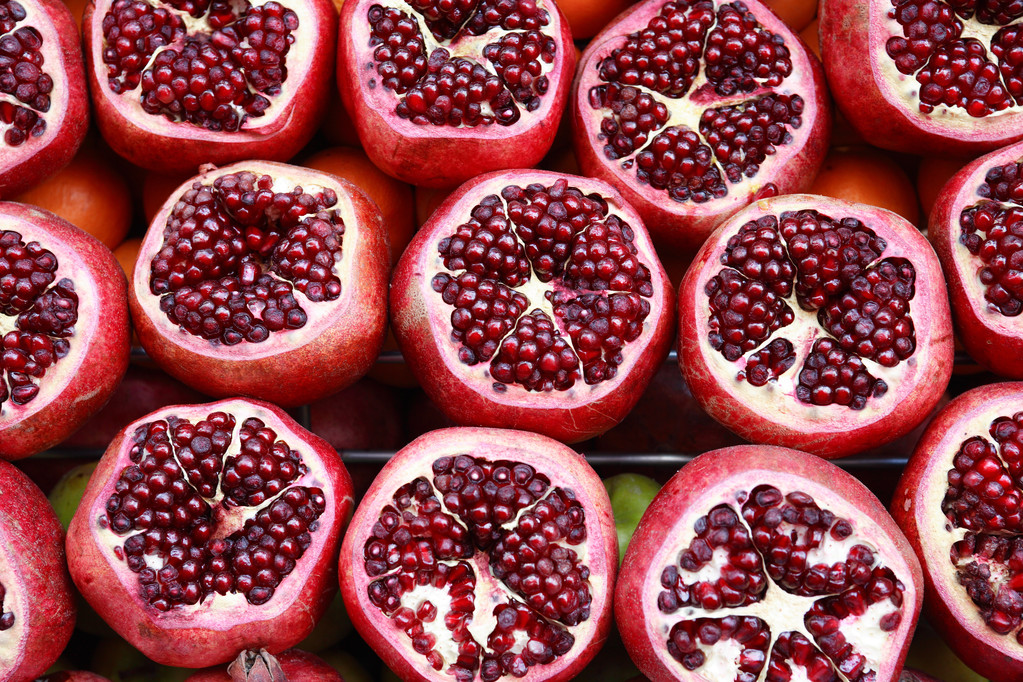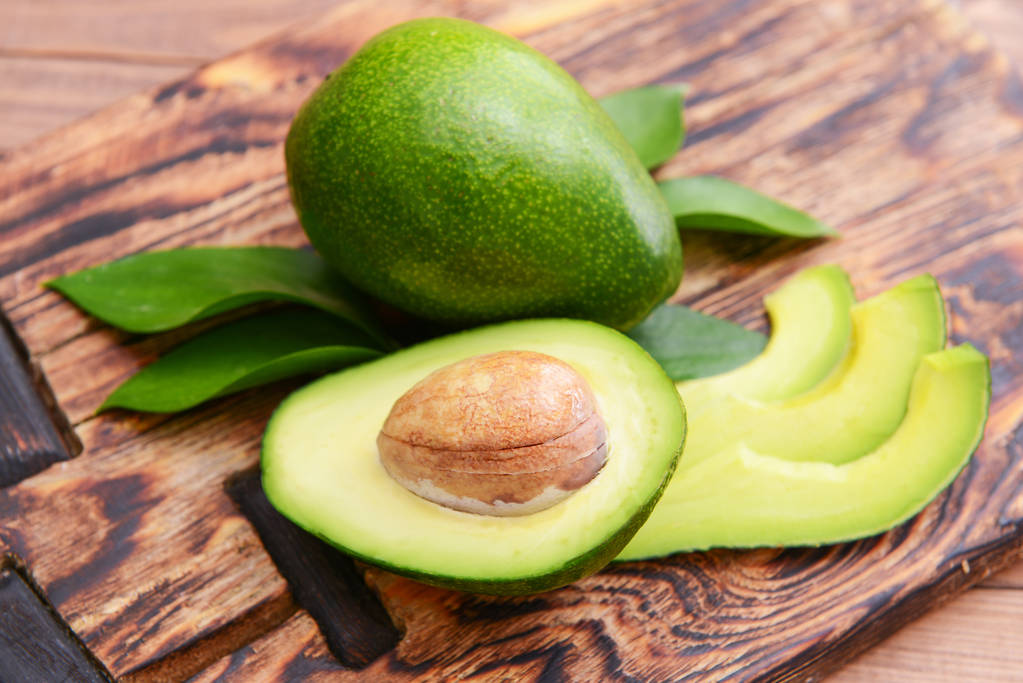So-called “superfoods” are all the rage right now. It is not always clear which foods fall under this designation and what they actually do.

What exactly is “superfood”?
There is no official definition of “superfood”. In everyday language, the term is used to describe foods with a particularly high amount of nutrients, minerals and vitamins.
The food in question is said to have various positive effects on health due to the ingredients. However, there is usually no scientific evidence for this. The superfood is available in many different versions: the superfood can be purchased in stores as a whole fruit, as seeds, in the form of juices, extracts or powders.
Well-known superfoods are, for example, chia seeds, goji berries, moringa, açai berries, barley grass, papaya, grape seeds or acerola. A more far-reaching limitation also names cabbage vegetables such as broccoli or kale, raw sauerkraut, shiitake mushrooms, almonds, pumpkin seeds, ginger, pomegranates, avocados, turmeric and oregano as “superfood”.
Use of Superfood and Possible Risks
Superfood can be integrated into the everyday diet in many ways. Chia seeds, powder, nuts or berries of any kind can be mixed well into the morning muesli, for example. An idea for starting the day with a superfood is a ginger tea, which you can also refine with turmeric.
You can also make smoothies with superfood – for example with cabbage or berries. You can always snack on roasted pumpkin seeds, almonds or papaya seeds in between meals. Simply serve avocado on bread and then enjoy it with a salad of broccoli, pomegranate seeds, shiitake mushrooms and hemp oil dressing.
If, like about half of the population, you use superfoods in everyday life, you should be careful, despite the healthy diet: the fragmentary scientific research on many superfoods can lead to undesirable reactions. These include, for example, previously undetected allergies, an overreaction to the food or interactions with medications that you are taking. So be sure to clarify any uncertainties with a doctor and always pay attention to a careful dosage of the superfood. You should be particularly careful with extracts: If the exotic superfoods come from abroad, there are often no exact dosage specifications or food controls. As a result, it may contain concentrated substances that can be harmful to health.
Focus on the phytochemicals: Most superfoods contain this
A healthy diet plays an important role not only if you want to lose weight: an adequate supply of all necessary vitamins and nutrients is crucial for maintaining all bodily functions. Superfoods are characterized by the fact that, in addition to many vitamins and minerals, they often contain a high concentration of secondary plant substances.
Some of the most important plant substances are, for example, flavonoids, carotenoids and phytoestrogens. These ensure that the plant appears in different colors: flavonoids color the plant, for example, red, light yellow, blue or violet.
An antioxidant effect is to be expected for the flavonoids. This means that free radicals are scavenged in the body. Inflammation can thus be alleviated, but blood pressure can also be lowered and the immune system strengthened. The carotenoids are said to actively support the cardiovascular system, prevent cancer and also have an antioxidant effect. Finally, the phytoestrogens should be mentioned, which can also protect against cancer and have an antioxidant and anti-inflammatory effect.
Focus on the environment: where does superfood come from?
When the term first emerged, it was primarily used for foods of exotic origin. These include, for example, aronia berries or goji berries; these usually have to cover long transport routes. This means that these superfoods are comparatively expensive and also have a major disadvantage with regard to the environment: long flight routes and sometimes no refrigeration of the food means that the superfoods have a bad climate balance.
In order to grow in a more environmentally friendly way, regional companies have also looked into planting some superfoods here. However, many cannot be grown under the climatic conditions in Germany. So if you buy a superfood in a specialist store or online, you should definitely make sure that you buy an organic product and take a look at the country of origin. If the product is not verified with an organic seal, it may be contaminated with pollutants or pesticides. As an alternative to the exotic superfoods, you can also use other regional foods that contain similar ingredients: instead of the acai berry, you can eat cherries, blackberries or red cabbage just as well.
Other regional “superfoods” are foods such as spinach, flaxseed, currants, walnuts*, oats or millet*. Also from these foods are rich in vitamins and nutrients. The advantage of regional superfoods is that they are cheaper and you not only support regional businesses, but also do something good for the environment.

Suitability of the superfood for weight loss
A high antioxidant potential is attributed to various superfoods. This should help you lose weight faster. A saturation effect, which is advantageous for losing weight, is also advertised. How effective the food really is has not been scientifically proven: any tips are mostly based on personal experience.
Many foods such as coconut or papaya are also said to be good for the skin. They are also said to curb appetite. In general, you can integrate various superfoods into a healthy diet as long as you dose them conscientiously: the regional superfoods in particular provide your body with important nutrients and vitamins.
You should take a closer look at exotic superfoods in particular: promises that the food will help you lose weight are not guaranteed and side effects are often not researched. Basically, it is important for a promising diet to pay attention to a healthy and balanced diet and to exercise accordingly.

